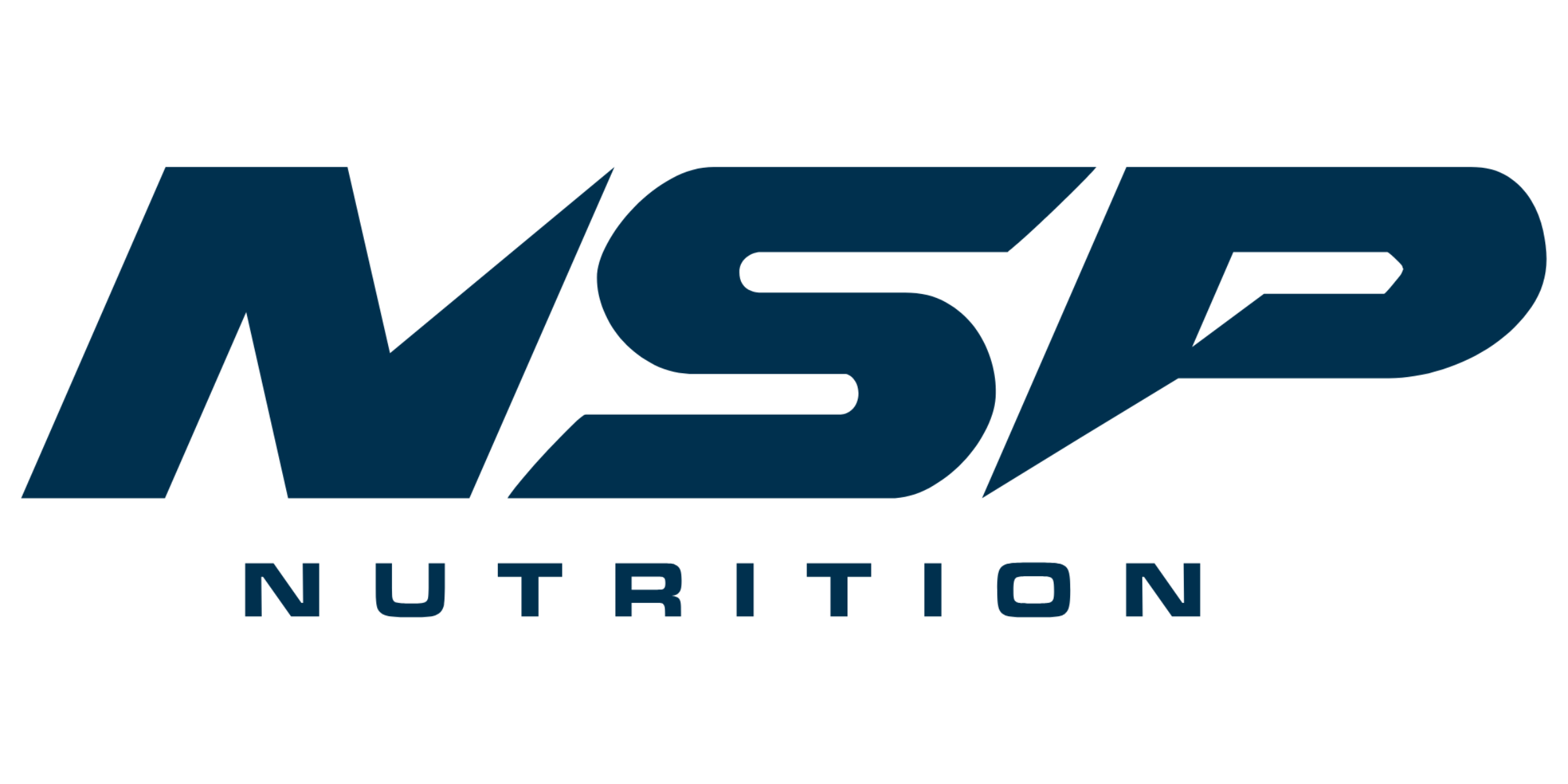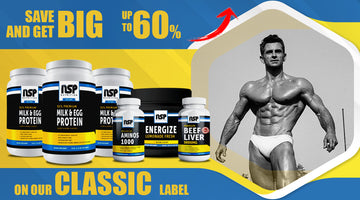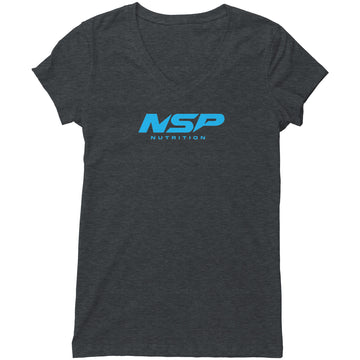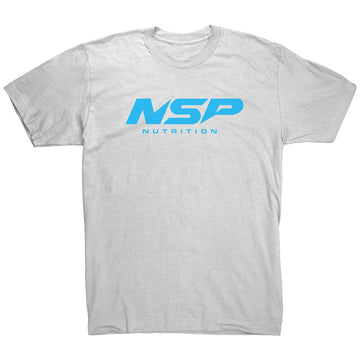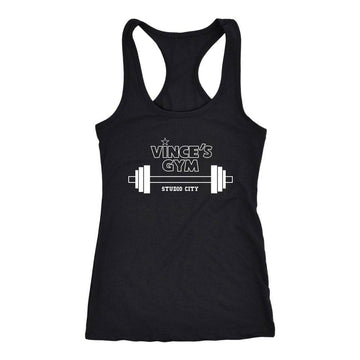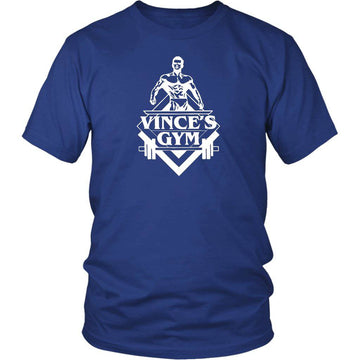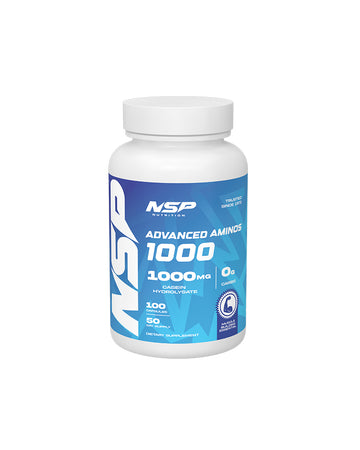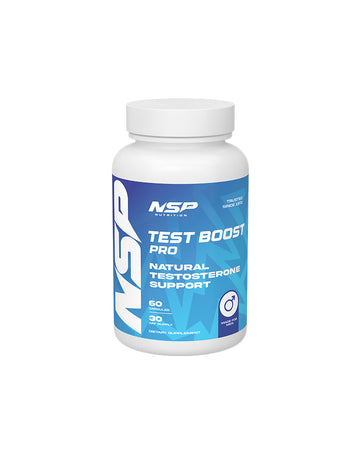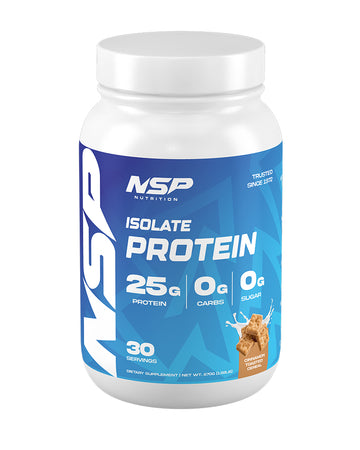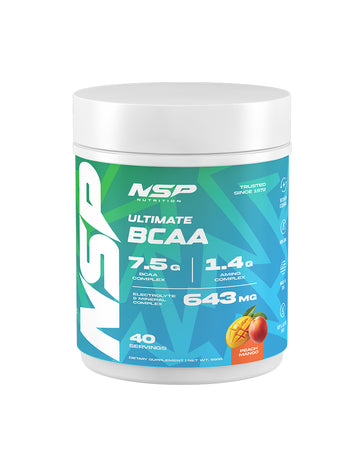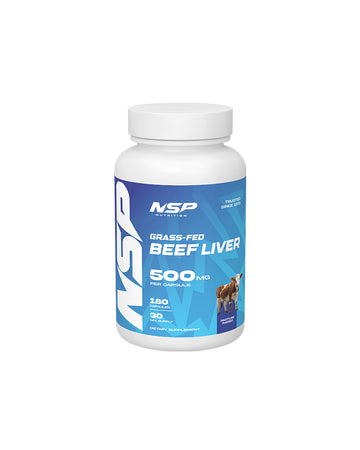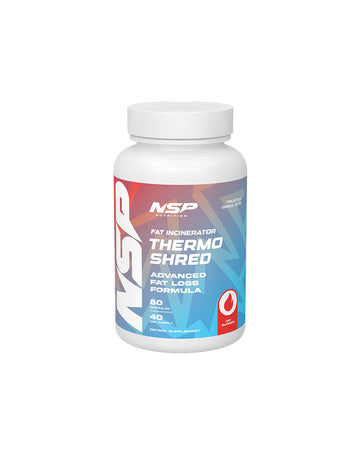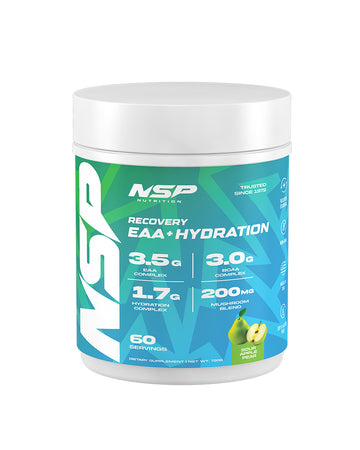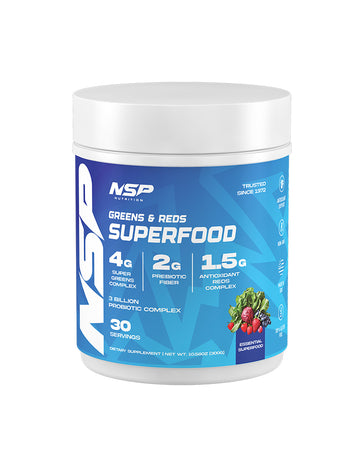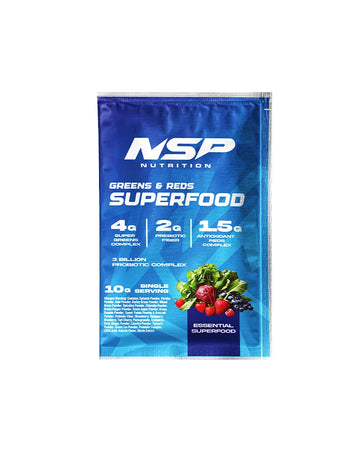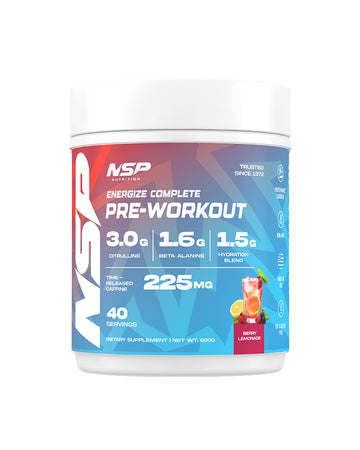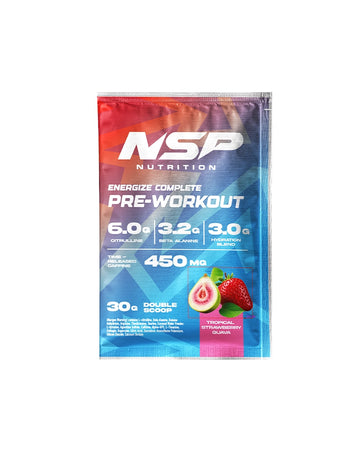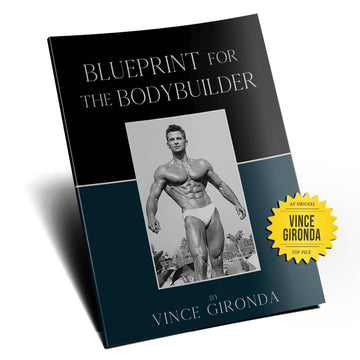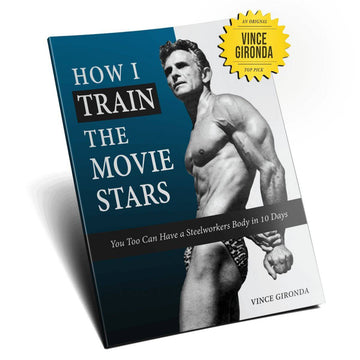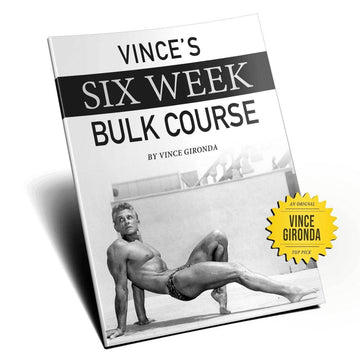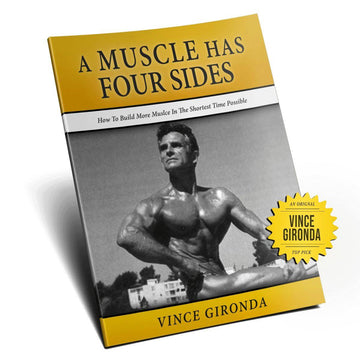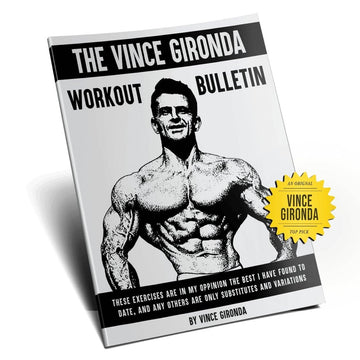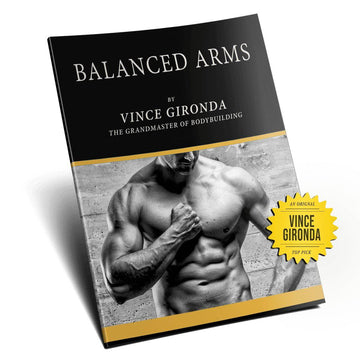Are you ready to embark on a thrilling journey towards transforming your body through bodybuilding?
In this article, you will delve into the fundamentals of bodybuilding and gain a deep understanding of its benefits.
You'll learn how to set realistic goals that will drive your progress and keep you motivated.
And if innovation is what excites you, get ready to explore advanced progression techniques that will take your workouts to new heights.
So get ready to revolutionize your fitness routine as we embark on this incredible journey together!
Understanding the Fundamentals of Bodybuilding
Bodybuilding isn't just about lifting weights; it's a comprehensive approach to developing your muscles and improving your overall fitness.
One key exercise in bodybuilding is the bench press.
It targets multiple muscle groups in your upper body, including your chest, shoulders, and triceps.
By incorporating exercises like this into your bodybuilding program, you can build muscle mass and increase strength.
Another important aspect of bodybuilding is understanding how different muscle groups work together.
When designing your workout routine, it's essential to incorporate exercises that target each major muscle group in order to achieve balanced development.
For example, in addition to the bench press for your upper body, you should also include exercises like squats or leg presses for your lower body.
This holistic approach ensures that all areas of your physique are equally developed.
In addition to resistance training exercises targeting specific muscle groups, it's crucial to follow a structured bodybuilding program that includes a combination of compound movements and isolation exercises.
Compound movements such as squats or deadlifts engage multiple muscle groups simultaneously, allowing for efficient use of time during workouts.
On the other hand, isolation exercises like bicep curls or tricep extensions focus on individual muscles for more targeted growth.
By understanding these fundamentals and incorporating them into your workout routine, you can lay a strong foundation for successful bodybuilding.
Remember that consistency is key – stick to a regular exercise schedule and gradually increase the intensity as you progress.
With dedication and hard work in both the gym and kitchen (through proper nutrition), you can achieve impressive results on your bodybuilding journey.
Setting Realistic Goals for Your Bodybuilding Journey
Setting achievable goals is a crucial step in embarking on your bodybuilding journey. When starting out, it's important to have a clear vision of what you want to achieve and set realistic expectations for yourself.
A beginner bodybuilding program can help guide you in the right direction and provide structure to your workouts.
Whether your goal is to gain muscle mass, improve strength, or enhance overall fitness, having specific targets will keep you motivated and focused.
When setting realistic goals for your bodybuilding journey, it's important to consider factors such as your current fitness level, time commitment, and lifestyle.
Start by assessing your strengths and weaknesses and identifying areas that need improvement. From there, create a plan that includes both short-term and long-term goals.
Short-term goals could be things like increasing the weight lifted or improving form on certain exercises, while long-term goals may involve achieving a specific physique or competing in a bodybuilding competition.
Remember that progress takes time and patience. It's essential not to compare yourself to others but rather focus on your own progress. Celebrate small victories along the way as they will keep you motivated throughout your bodybuilding journey.
Stay consistent with your training and nutrition plan, listen to your body, and make adjustments as needed. With dedication and perseverance, you can reach the realistic goals you set for yourself in bodybuilding.
Remember that progress takes time, so be patient with yourself as you work towards reaching these milestones. Stay disciplined in both training and nutrition while celebrating each small victory along the way. With determination and consistency, success in bodybuilding is within reach!
The Importance of Proper Nutrition in Bodybuilding

To maximize your bodybuilding results, it's crucial to prioritize proper nutrition. Your body needs the right fuel to support muscle growth and recovery.
One of the most important aspects of a bodybuilding diet is ensuring you consume enough protein.
Protein is essential for repairing and building muscle tissue. Include lean sources of protein such as chicken, turkey, fish, eggs, and dairy products in your meals.
Additionally, consider incorporating protein powders into your diet to supplement your daily protein intake.
In addition to protein, it's important to pay attention to your overall calorie intake. To build muscle mass effectively, you need to be in a caloric surplus, meaning you consume more calories than you burn. However, this doesn't mean consuming excessive amounts of unhealthy foods.
Focus on nutrient-dense options like fruits, vegetables, whole grains, and healthy fats while still meeting your caloric goals.
Lastly, don't forget about the importance of hydration.
Drinking enough water throughout the day is crucial for optimal performance during workouts and aids in digestion and nutrient absorption.
Aim for at least 8-10 glasses of water per day or more if you're engaging in intense physical activity.
Creating Your Customized Bodybuilding Workout Plan
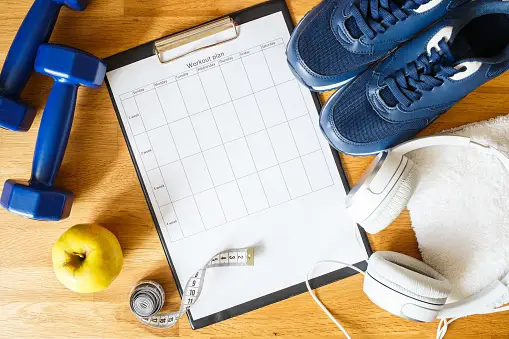
When creating your personalized bodybuilding workout plan, it's important to consider your specific goals and tailor the exercises to target the muscle groups you want to develop. A well-designed bodybuilding workout program will consist of a combination of compound exercises and isolation exercises.
Compound exercises, such as squats, bench presses, and deadlifts, recruit multiple muscle groups at once, allowing you to build overall strength and size. Isolation exercises, such as bicep curls or tricep extensions, focus on specific muscles and help to shape and define them.
As a beginner in bodybuilding, it's crucial to start with a solid foundation.
Begin by incorporating basic exercises for each major muscle group into your training program. For example, include squats for legs, bench presses for chest, rows for back, shoulder presses for shoulders, bicep curls for biceps, tricep pushdowns for triceps, and crunches or planks for abs.
These exercises will provide a balanced approach to developing your physique.
In addition to targeting specific muscle groups with compound and isolation exercises, it's also important to work on indirect muscle groups that assist in the movement.
For example, when performing a bench press exercise targeting your chest muscles (pectoralis major), you are also indirectly working your triceps muscles as they assist in pushing the weight up. Incorporating supersets into your routine can be effective in working multiple muscle groups simultaneously while also increasing intensity.
Remember that consistency is key when following a bodybuilding workout plan. Start with three days of training per week and gradually increase the frequency as you progress.
Rest days are essential for growth and recovery so make sure to incorporate them into your schedule. As you become more experienced and comfortable with the movements involved in bodybuilding workouts, feel free to substitute or add new exercises that target specific areas you want to improve.
By customizing your bodybuilding workout plan based on your goals and incorporating a combination of compound exercises, isolation exercises, and indirect muscle group work, you will be on your way to building the physique you desire.
Perfecting Your Exercise Form for Optimal Results
Mastering your exercise form is crucial for achieving optimal results in bodybuilding. When it comes to exercises like the Romanian deadlift, leg extension, leg curl, and compound lifts, proper form is essential to target the right muscles and prevent injuries.
In the Romanian deadlift, for example, make sure to keep your back straight and hinge at the hips while lowering the weight. This will effectively engage your hamstrings and glutes.
Similarly, when performing a leg extension or leg curl, focus on isolating the quad or hamstring muscles respectively by maintaining control throughout the movement and avoiding any swinging motions.
Compound lifts are exercises that work multiple muscle groups simultaneously, such as squats or bench presses. To perfect your form in these movements, start with lighter weights and gradually increase as you gain confidence and strength.
When squatting, ensure that your knees are aligned with your toes and that you're pushing through your heels while keeping your chest up. For bench presses, maintain a stable core by squeezing your shoulder blades together and engaging your chest muscles as you lower the barbell towards your chest.
Remember that practicing good exercise form not only helps prevent injuries but also ensures that you're targeting the intended muscle groups effectively. Don't be afraid to ask for guidance from a personal trainer or experienced lifter if you're unsure about proper technique.
With time and practice, you'll become more comfortable with these exercises and be able to perform them with precision for optimal results in bodybuilding.
Cardio and Bodybuilding: Finding the Right Balance

Now that you've perfected your exercise form, it's time to find the right balance between cardio and bodybuilding. Incorporating cardio into your bodybuilding routine can be beneficial for both muscle gain and burning fat.
Cardio exercises such as running, cycling, or swimming can help improve cardiovascular health and boost your endurance. However, it's important to find the right balance so that you don't hinder your muscle-building progress.
When it comes to finding the right balance between cardio and bodybuilding, it's essential to prioritize your goals. If your main focus is on building muscle mass, then you should limit the amount of cardio you do to prevent excessive calorie burn. Too much cardio can interfere with muscle recovery and growth.
On the other hand, if fat loss is a priority for you, incorporating more cardio into your routine can help create a calorie deficit and aid in shedding excess weight.
To strike the right balance, consider adding short bursts of high-intensity interval training (HIIT) to your workouts. HIIT involves alternating between periods of intense exercise and brief rest or active recovery periods. This type of cardio not only helps burn calories but also stimulates muscle growth due to its challenging nature.
Remember that finding the right balance between cardio and bodybuilding is unique to each individual.
It may require some trial and error to determine what works best for you. Listen to your body, monitor how it responds to different levels of cardio intensity, and make adjustments accordingly.
Incorporating some cardio into your bodybuilding routine can be beneficial for overall fitness and achieving a balanced physique. Prioritize your goals when deciding how much cardio to include in your workouts – whether it's building muscle or burning fat.
Consider incorporating HIIT sessions for an efficient way of getting both cardiovascular benefits and stimulating muscle growth.
Finding the right balance may take some experimentation but will ultimately contribute towards reaching optimal results in your bodybuilding journey.
Muscle Soreness and Injury Prevention for Beginners

To optimize your bodybuilding journey, it's crucial to understand how to prevent muscle soreness and injuries as a beginner.
One of the key aspects is incorporating proper warm-up exercises before starting your workouts. This helps prepare your muscles for the upcoming intense activity and reduces the risk of injury.
Additionally, make sure to engage in dynamic stretching exercises that target the specific muscle groups you'll be working on during your session.
When it comes to upper body strength training, it's important to focus on maintaining proper form throughout each exercise.
This not only ensures maximum effectiveness but also minimizes the chance of straining or injuring your muscles. Start with lighter weights and gradually increase as you build strength and confidence.
It's also essential to listen to your body and take rest days when needed, allowing ample time for recovery.
Weight training is a central component of bodybuilding, but it's equally important to avoid overtraining.
Pushing yourself too hard without giving your muscles enough time to recover can lead to muscle soreness and injury. Incorporate rest days into your routine where you focus on active recovery activities such as light cardio or stretching.
By finding the right balance between challenging workouts and adequate rest, you'll be able to progress steadily in your bodybuilding journey while minimizing the risk of muscle soreness or injury.
Remember that prevention is key when it comes to muscle soreness and injuries as a beginner in bodybuilding.
By implementing proper warm-ups, maintaining correct form during upper body strength training exercises, and allowing for sufficient rest and recovery periods, you'll set yourself up for success in this exciting fitness endeavor.
Progression Techniques: Advancing Your Workout Intensity
In order to continuously challenge your muscles and push your body to new limits, it's crucial to incorporate effective progression techniques into your workout routine.
Progression techniques are essential for advancing your workout intensity and maximizing muscle growth.
One of the most effective ways to progress is by gradually increasing the weight you lift. Start with a weight that allows you to perform 8-10 reps with proper form, and as you get stronger, gradually increase the weight while maintaining good technique.
This progressive overload will stimulate muscle growth and prevent plateaus in your training.
Another effective progression technique is increasing the number of sets or reps you perform for each exercise. As you become more comfortable with a certain weight, try adding an extra set or two, or increase the number of reps per set.
This increased volume will challenge your muscles in new ways and promote further strength gains.
Additionally, incorporating supersets or drop sets into your workouts can help intensify your training sessions by targeting multiple muscle groups simultaneously or pushing through fatigue.
To advance your workout intensity even further, consider incorporating advanced training techniques such as pyramids, where you progressively increase the weight with each set and then decrease it again, or rest-pause sets, where you take short breaks during a set to extend its duration.
These techniques can add variety and excitement to your workouts while pushing your muscles beyond their usual limits.
Remember that safety should always be a priority when using progression techniques. It's important to listen to your body's signals and not push yourself too far too quickly.
Gradually increase the intensity of your workouts over time to avoid injury and allow for proper recovery.
Incorporating these progression techniques into your bodybuilding workouts will keep them challenging and exciting while helping you achieve continuous gains in strength and muscle size.
Push yourself with heavy weights, increase volume when appropriate, and experiment with advanced training methods to break through plateaus and reach new heights in your fitness journey.
Strength Training vs. Hypertrophy: Choosing the Right Approach
When it comes to building muscle, it's important to choose the right approach between strength training and hypertrophy.
Strength training focuses on increasing your overall strength and power, while hypertrophy training aims to maximize muscle growth and size.
Both approaches are essential in bodybuilding, especially for beginners.
Strength training involves lifting heavy weights with fewer repetitions and longer rest periods. This type of training helps you build a solid foundation of strength, which is crucial for progressing in your workouts.
It also improves your overall functional fitness and enhances your performance in other sports or activities.
On the other hand, hypertrophy training involves lifting moderate weights with higher repetitions and shorter rest periods.
This type of training targets specific muscles to stimulate muscle growth through cellular adaptations. It increases the size and volume of your muscles, giving you that desired muscular look.
As a beginner in bodybuilding, it's recommended to focus on both strength training and hypertrophy to achieve optimal results.
Start by incorporating compound exercises like squats, deadlifts, bench presses, and rows into your workout routine. These exercises engage multiple muscle groups simultaneously, promoting overall strength development.
Gradually increase the weight you lift as you progress to challenge your muscles further. Remember to always maintain proper form and technique to prevent injuries.
Consistency is key when it comes to bodybuilding, so make sure to stick to a regular workout schedule while allowing sufficient time for rest and recovery.
Incorporating a combination of strength training and hypertrophy techniques will help you achieve a well-rounded physique with increased muscle mass and improved overall fitness levels as a beginner in bodybuilding.
Balancing Work, Life, and Bodybuilding Commitments
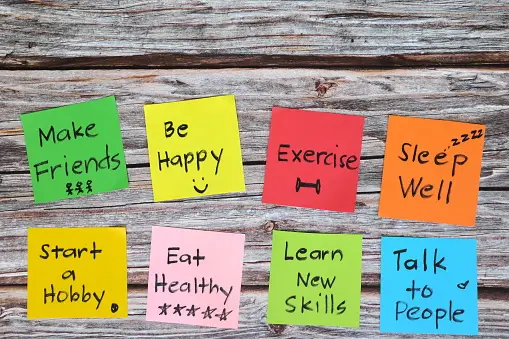
Now that you've learned about the different approaches to strength training and hypertrophy, it's time to delve into another important aspect of bodybuilding: balancing work, life, and your bodybuilding commitments.
It can be challenging to juggle these responsibilities, but with the right mindset and strategies, you can achieve success in all areas.
First and foremost, it's crucial to prioritize your workouts and make them a non-negotiable part of your routine. Consistency is key when it comes to building muscle and improving overall fitness.
Set aside dedicated time for your workout sessions and treat them as essential appointments that can't be missed.
This will not only help you stay on track with your bodybuilding goals but also instill discipline in other areas of your life.
In addition to prioritizing workouts, it's important to find a balance between work, personal life, and rest days. Pushing yourself too hard without adequate recovery can lead to burnout or injuries.
Plan your week mindfully, allowing for rest days where you focus on recovery activities like stretching or light cardio. This downtime is vital for muscle growth and repair.
When it comes to planning your workout routine, aim for a balanced approach that targets the entire body.
A well-rounded program should include exercises for each major muscle group - chest, back, shoulders, arms, legs - ensuring that no area is neglected. Don't forget about leg day!
Conclusion
Bodybuilding is a challenging yet rewarding journey that requires dedication and commitment.
By following these essential tips for beginners in bodybuilding, you're setting yourself up for success in achieving the physique of your dreams.
With perseverance and determination, there's no limit to what you can accomplish on your bodybuilding journey.
So take that first step today towards becoming the best version of yourself through the incredible world of bodybuilding!
About the Author
Arman Eckelbarger is an IFBB Pro Bodybuilder and a Certified Personal Trainer dedicated to empowering others with his age management and wellness expertise. Winner of the 2019-20 Master’s Nationals Over 50 Welterweight, Arman proves that age is just a number in achieving fitness goals. He lives by his wellness principles and inspires others to reclaim their vitality for a healthier and fulfilling life.
